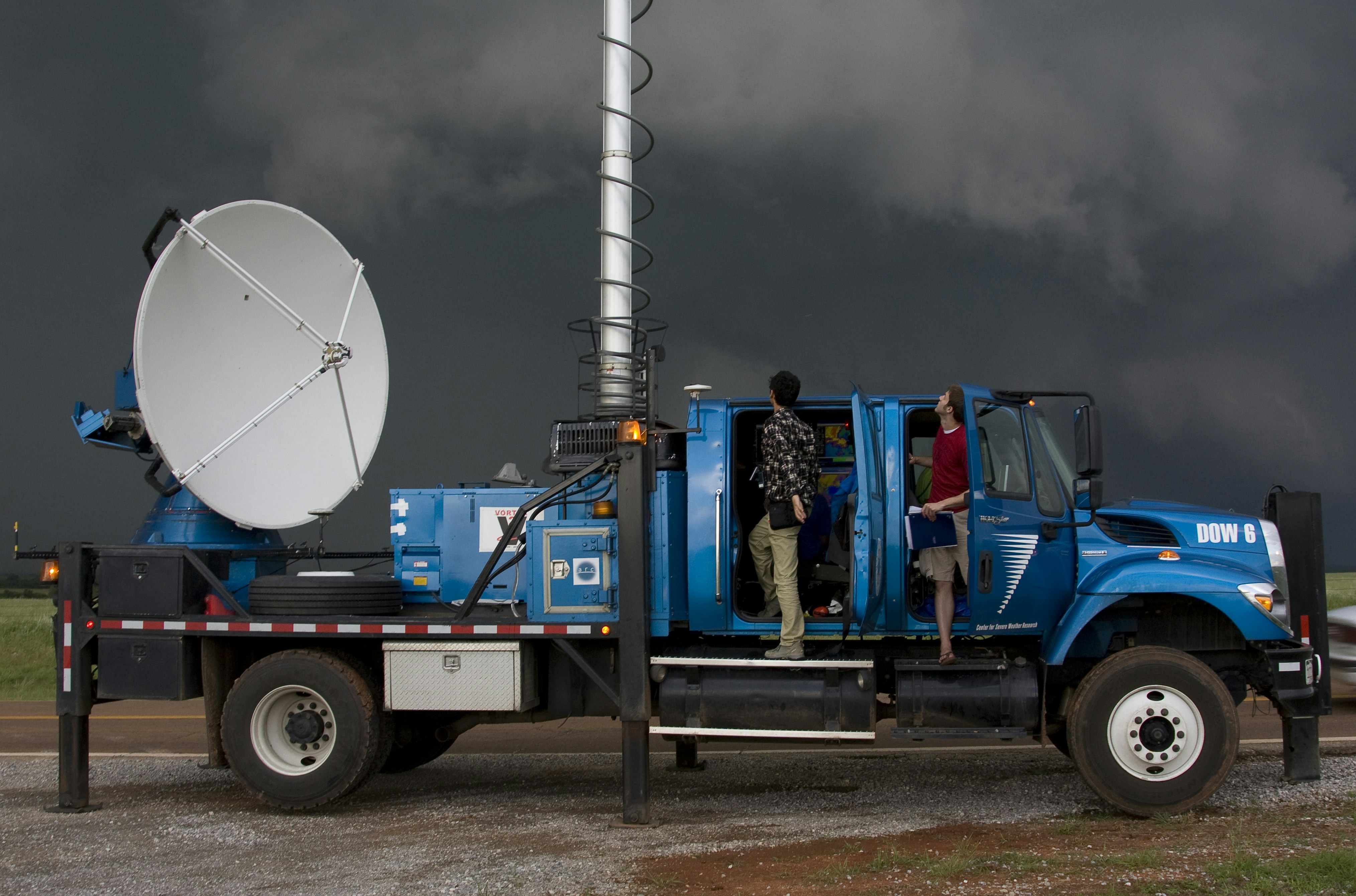
The Catastrophic Storm and Flooding Events
In recent weeks, Texas has been grappling with the aftermath of a catastrophic storm that unleashed unprecedented rainfall across the region, leading to severe flooding, particularly in Kerr County. This significant weather event began with a series of intense storms that developed, resulting in heavy rain that inundated the area over a short period. Reports indicated that some areas received more than a foot of rain, leading to rapidly rising water levels in local rivers, notably the Guadalupe River. The surge in water not only overwhelmed the riverbanks but also had devastating effects on the surrounding communities.
The swift rise of the Guadalupe River caused widespread destruction, ultimately leading to significant loss of life. As rescue operations commenced, local authorities reported multiple fatalities and several individuals missing, further compounding the tragedy faced by affected families and communities. The urgency of evacuations in the face of rising waters was paramount, and many residents found themselves stranded as roads and infrastructures rapidly succumbed to the flooding.
In addition to the immediate dangers posed by the storm and flooding, the long-term impacts on infrastructure were equally severe. Many homes, businesses, and vital community services were damaged or destroyed, leaving residents grappling with the aftermath of both physical and emotional trauma. Infrastructure such as roads and bridges suffered extensive damage, causing significant disruptions to transportation and communication lines, complicating rescue efforts and relief activities. The local government is now engaged in damage assessments and strategizing the necessary steps for recovery, while community members come together to provide support for those impacted. The storm has not only reshaped the landscape of Kerr County, but it has also created a profound bond within the community as they face the daunting task of rebuilding.
National Weather Service Warnings and Forecasts
In the days leading up to the devastating flooding in Texas, the National Weather Service (NWS) played a critical role in communicating weather risks to the public. The NWS issued a series of flood watches and flash flood warnings to alert residents of impending severe weather conditions. These warnings were designed to provide timely information regarding the likelihood of flash flooding, which is particularly dangerous due to its rapid onset and the potential for widespread damage. As the storm approached, the NWS utilized various communication channels, including social media, press releases, and public notifications through weather radio, to disseminate their forecasts and reminders to stay alert.
The NWS’s claims of issuing timely forecasts were underscored by their meteorological models, which utilized advanced data analytics to predict rainfall intensity and potential flooding areas. However, local officials raised concerns regarding the accuracy of these forecasts. Some community leaders felt that the severity of the flooding was underestimated, leading to a lack of preparedness among residents. Reports from emergency management offices indicated that many individuals were caught off guard, believing that the warnings did not reflect the scale of the storm that ultimately hit their communities. This discrepancy between federal warnings and local experiences highlighted a critical gap in real-time weather communication.
Despite the NWS’s diligent efforts, the situation raised questions about the effectiveness and reliability of precipitation forecasts. The challenges faced by the NWS in accurately predicting such extreme weather events emphasize the importance of ongoing improvements in meteorological technology and the necessity for better collaboration with local agencies. Many community members noted that clearer, more precise warnings could potentially save lives and mitigate property damage during future incidents of severe flooding.
Differing Perspectives: Evaluating the Response
The recent devastating flooding in Texas has ignited a multifaceted discussion regarding the performance of the National Weather Service (NWS) during the storm. On one hand, the NWS defends its forecasting and response as both timely and adequate, emphasizing its reliance on sophisticated weather models and real-time data analytics. According to NWS representatives, the agency issued numerous alerts and warnings that aimed to inform the public about the impending weather threats, including flash flood warnings that were disseminated well in advance.
Conversely, local officials have voiced significant criticism, arguing that the NWS did not fully capture the storm’s intensity or potential impact on their communities. These local leaders contend that the forecasts underestimated the magnitude of the rainfall, thereby leading to a delayed response in emergency preparedness. This discrepancy raises pivotal questions about the accuracy of weather predictions and the inherent challenges associated with forecasting extreme weather events, particularly in a state as vast and as diverse as Texas.
Insights from atmospheric scientists contribute further depth to this discourse. They highlight that while advancements in climate modeling have enhanced forecasting capabilities, there remain intrinsic limitations due to the chaotic nature of weather systems. For example, minute variations in atmospheric conditions can lead to vastly different outcomes, complicating efforts to predict severe weather with high precision. This unpredictability is particularly relevant in cases of extreme weather events like the Texas floods, where sudden rainfall can overwhelm even the best models available. Thus, balancing between preparedness and realistic expectations is crucial for officials as they strive to protect the public from natural disasters.
Staffing Cuts and Their Impact on Preparedness
The National Weather Service (NWS) plays a crucial role in ensuring public safety by providing accurate weather forecasts and timely warnings about severe weather events. However, during the Trump administration, the NWS faced notable staffing cuts that have raised concerns about the agency’s ability to fulfill its mission effectively. These reductions have the potential to weaken the forecasting capabilities of the NWS, which could lead to less accurate predictions during critical weather situations, such as the devastating flooding seen in Texas.
With a reduced workforce, meteorologists may struggle to process data, analyze weather patterns, and issue warnings promptly. This decline in staffing likely hampers the agency’s capacity to monitor extreme weather systems, accurately evaluate their potential impact, and communicate risks to the public. When faced with severe flooding, the necessity for reliable forecasting becomes even more urgent, as timely alerts can significantly mitigate risks to lives and property.
The ramifications of inadequate staffing are particularly severe in a world increasingly affected by climate change, where weather patterns grow more unpredictable and extreme. The NWS must adapt to these changing conditions, which requires a sufficiently staffed workforce that can respond to evolving meteorological challenges. The staffing cuts have not only impeded the NWS’s operations but have also broader implications for overall public safety and disaster preparedness.
In light of these challenges, it is imperative to acknowledge the potential dangers of diminished forecasting resources. As the climate continues to evolve, the demand for skilled meteorologists will only increase; thus, restoring staff levels and ensuring adequate training will be pivotal in enhancing the nation’s preparedness for future weather-related adversities. The intersection of effective staffing and robust forecasting capabilities must be prioritized to prevent tragic outcomes in severe weather scenarios, particularly in vulnerable regions like Texas.







